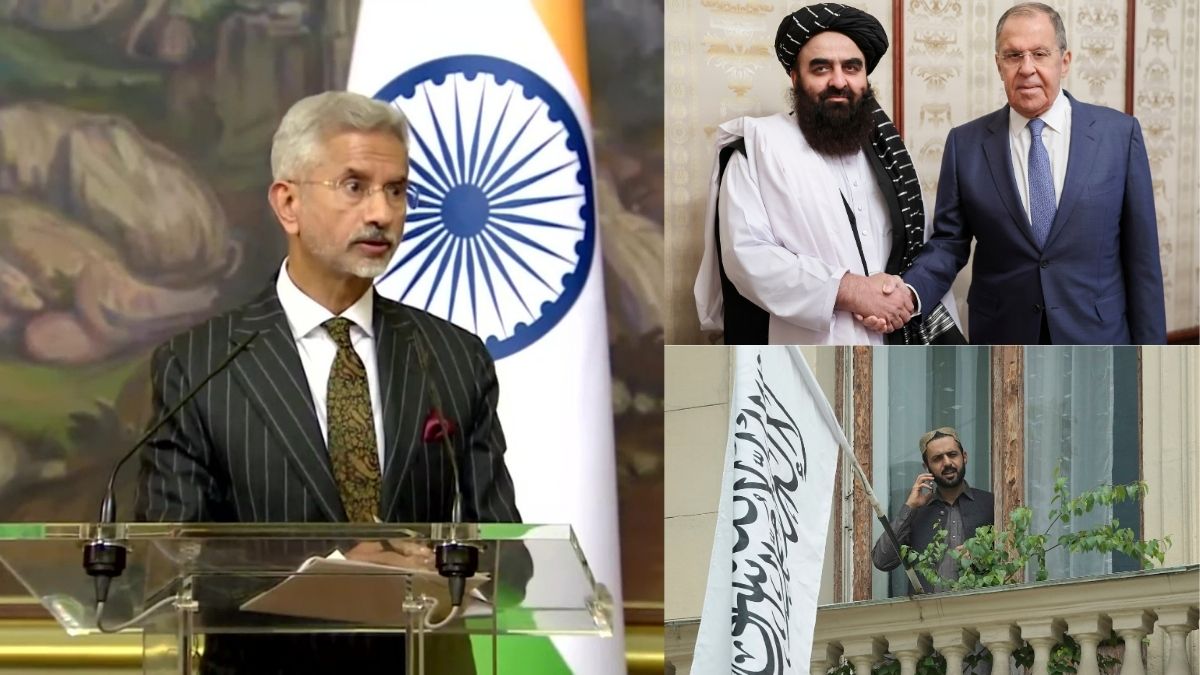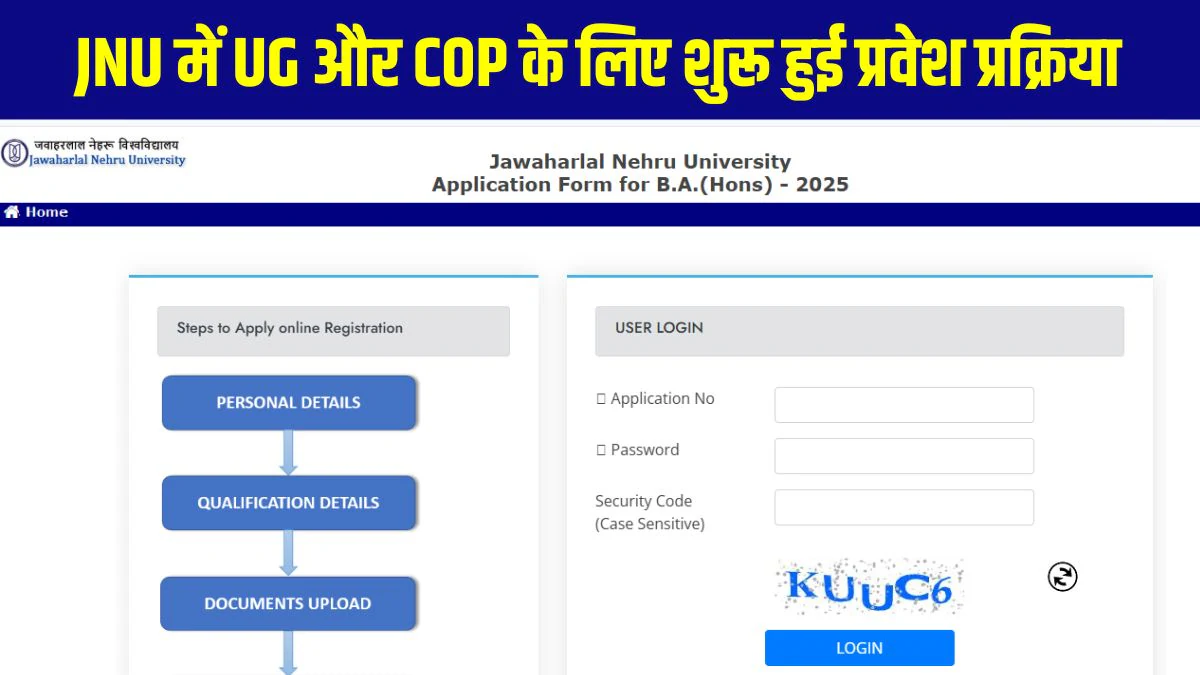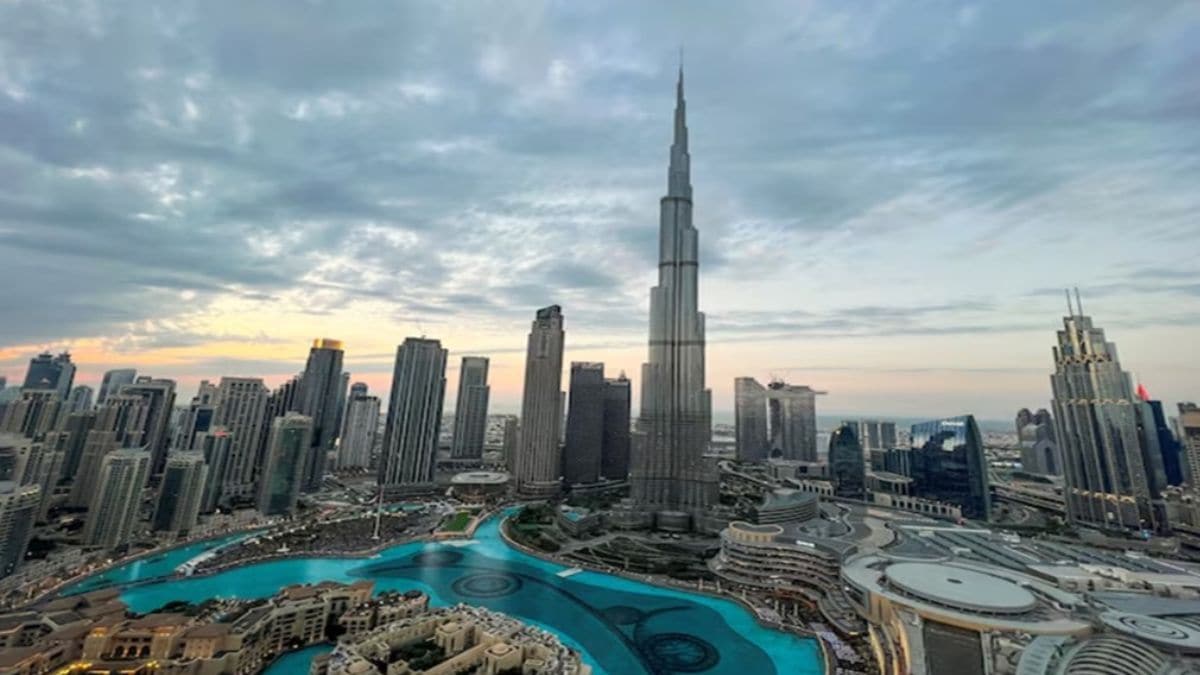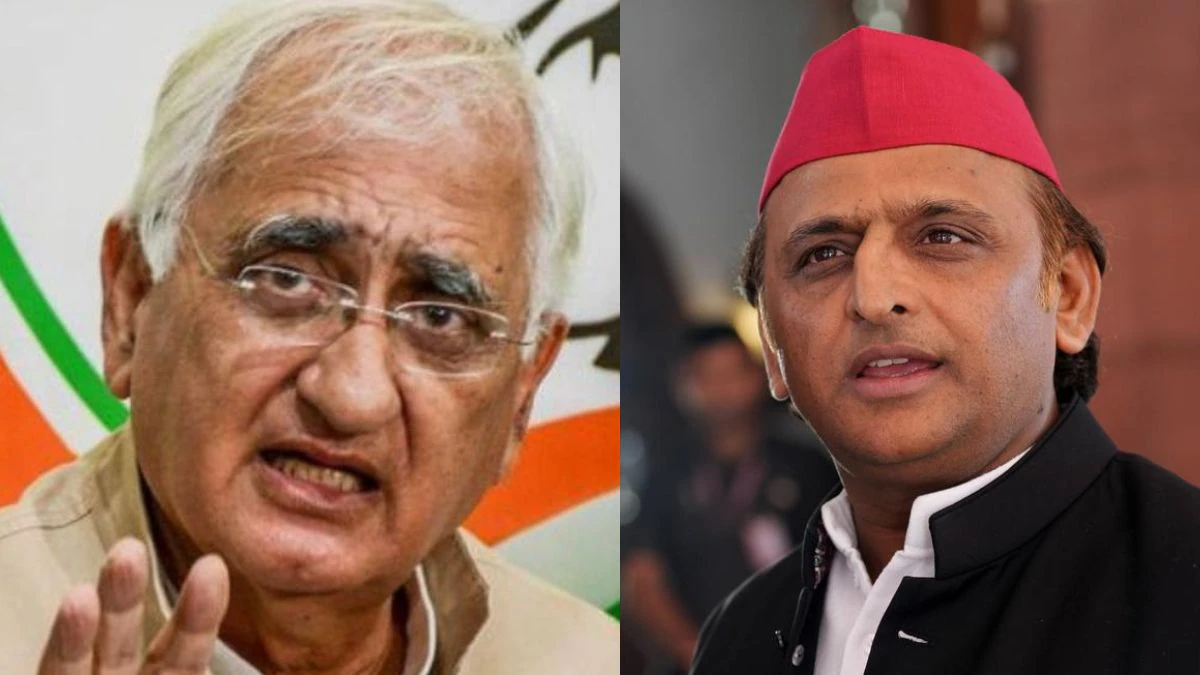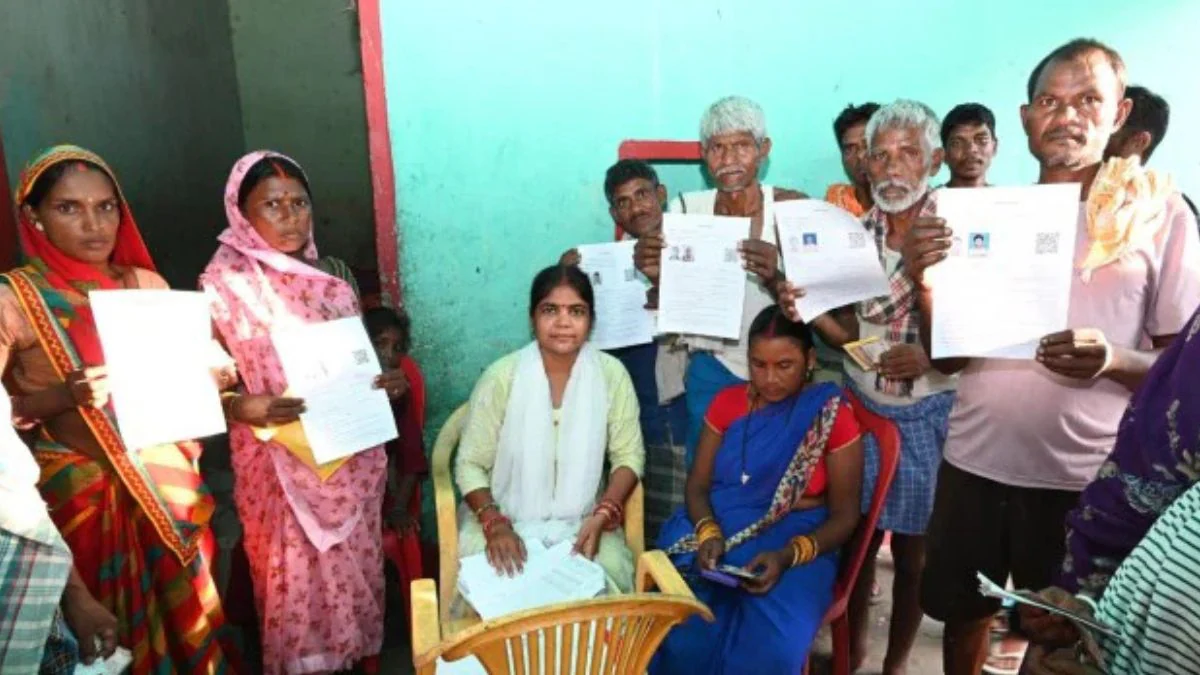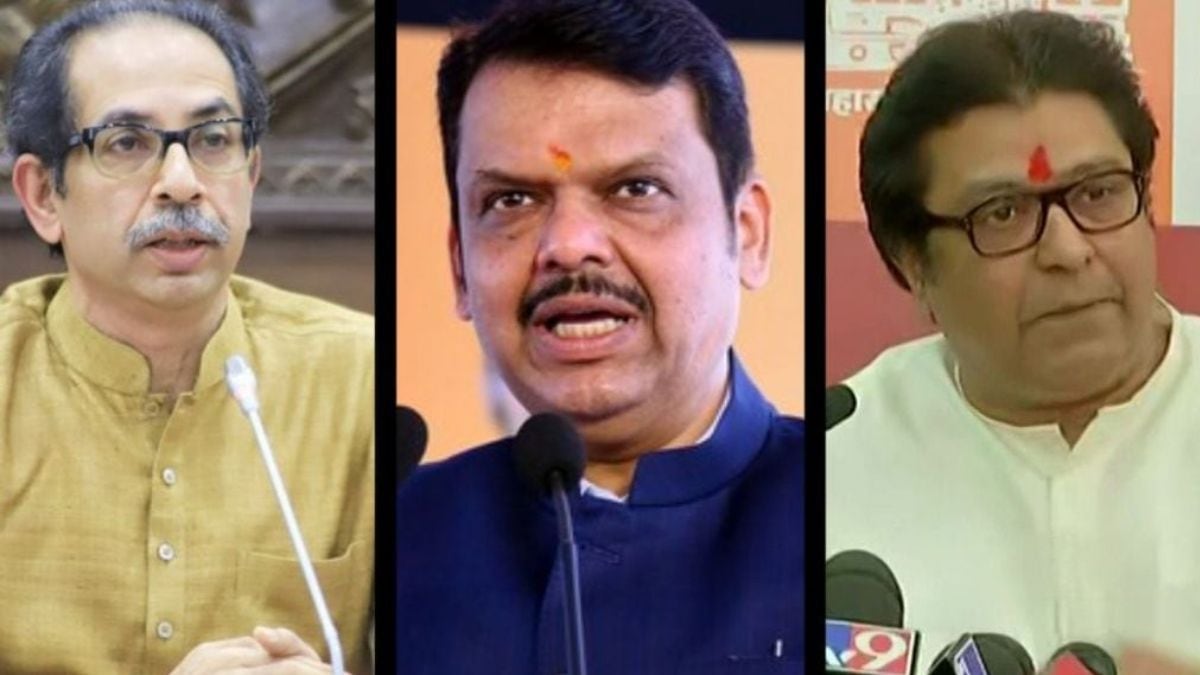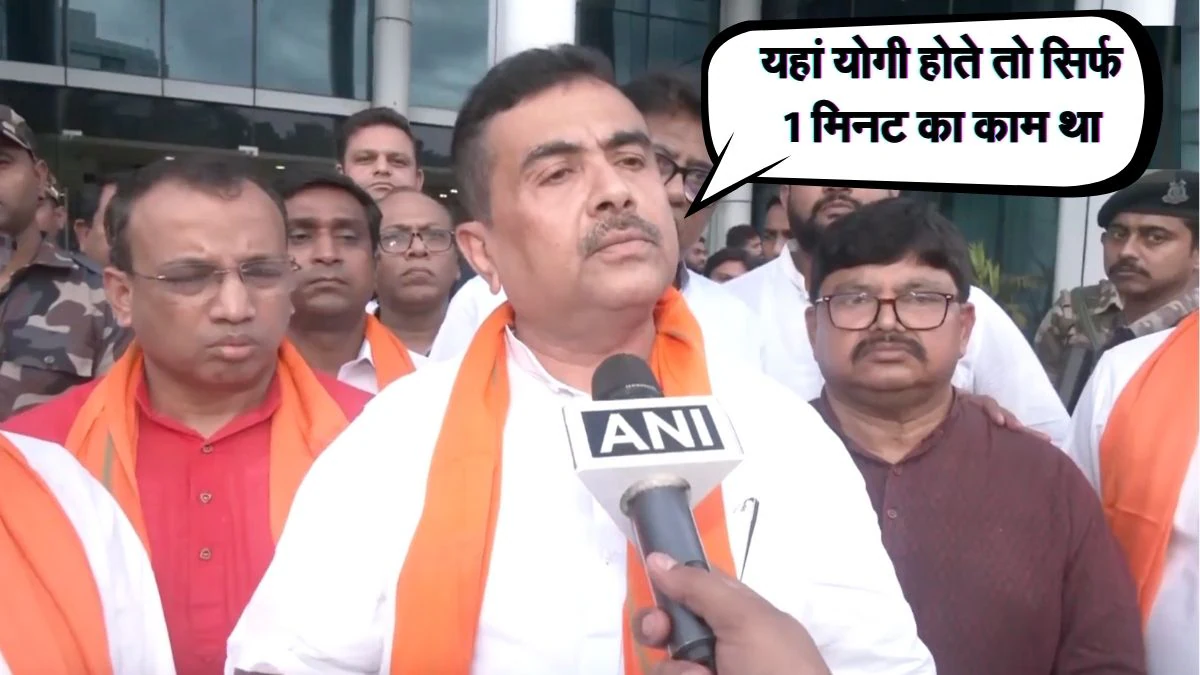FIVE years after it claimed to have bridged the historical gap between Kashmir and the rest of the country with the abrogation of Article 370, the Narendra Modi government is looking at a geographical triumph with the inauguration of the last link connecting Kashmir to the country’s railway network.
The project was promised first in 1994, and seemed a remote possibility, with Kashmir in the grip of militancy at the time. For close to a decade, the project was in virtual cold storage, till the Atal Bihari Vajpayee-led NDA government put its weight behind it in 2002. With Vajpayee giving a call for “a healing touch in Kashmir”, his government declared the train to the Valley “a national project”, to be fully funded by the Centre.
By 2004, the rail line to Jammu had reached Udhampur, still within the Jammu province. It is after this that the main challenges started. The Centre then decided to break the project into three legs – Udhampur to Katra, Katra to Banihal and Banihal to Baramulla.
In 2008, under the UPA government at the Centre, the first stretch of the third leg – from Anantnag in South Kashmir to Mazhama in Baramulla – was opened. A year later, the Mazhama-Baramulla and Anantnag-Qazigund stretches were also thrown open, bringing the Valley to the doorsteps of the Jammu region.
In 2013, the first train chugged from Baramulla in North Kashmir to Banihal in Jammu, marking a milestone by connecting the two regions. The 112 km between Banihal and Katra would take another 10 years, given the huge topographical challenges, including a brief contemplation that the alignment be changed.
By 2002, the project’s cost that was originally estimated at Rs 2,000 crore had already tripled to Rs 6,000 crore. When Modi inaugurates the Katra-Reasi rail link, which is the final stretch joining Kashmir to India’s train network later this month, the total project cost would stand at Rs 37,000 crore.
Commending “the remarkable milestones in rail infrastructure” and “unparalleled feats of engineering” involved in the project, Modi, at the inauguration of a separate railway division for Jammu Monday, said: “This project will significantly enhance Jammu and Kashmir’s connectivity with the rest of India… bring economic progress and prosperity.”
However, there are detractors in the Valley who fear that, while bringing more tourists to Kashmir and opening new markets for its produce, the rail network is part of the BJP’s “assimilation project” for Kashmir.
There have been apprehensions raised about “demographic change”, though fears about this after the Centre scrapped J&K’s special status have been belied.
A third fear about closer integration with the country, again not raised for the first time, is that with Kashmir just a 10-hour rail distance away from the mainland, “jobs and livelihood” in the Valley may be impacted.
Some also question plans to extend the rail network further to places like Shopian and Kupwara. “The proposed railway lines will pass through fertile lands, and there is no public demand for them. There are ecological concerns. We don’t want to become another Joshimath (referring to the land subsidence in the Uttarakhand region). We want to preserve our flora and fauna, our water bodies and wetland,” PDP leader Waheed Para said.
The ruling National Conference, however, has welcomed the rail connectivity, calling talk about demographic change a “presumption”. “There is nothing before us that points to this,” NC spokesperson Imran Nabi said. “The connectivity is important. People of Kashmir have long waited for it… Our two major economic mainstays are tourism and horticulture, and both will get a boost.”
On the fear that agricultural land will be taken over, Nabi said they have raised this issue with the authorities concerned. However, he added, it is wrong to say there is no demand for a railway line to smaller places like Kupwara. “What people are demanding is that their fertile land should not be taken over and that rail lines instead pass through unproductive areas.”
Welcoming Kashmir becoming a part of one of the world’s largest railway networks, BJP Valley spokesperson Sajid Yousuf said: “If the abrogation (of special status) led to real integration, the train is another aspect of that. This is a right thing that has been done.”
Pointing out how the Valley gets cut off during winters, he said: “The roads get closed and airfares skyrocket, making it unaffordable for tourists. With trains, we will see lots of tourists coming and people from the Valley, including businessmen, can travel to any part of the country.”
Yousuf calls apprehensions about demographic change “canards spread by vested interests”.
However, apprehensions are not restricted to the Kashmir side, with some in Jammu worried that it will deal another blow to tourism in the province as visitors travel directly on to the Valley.
The Jammu side is already feeling the pinch of the end of the Durbar Move, when the administration would shift from Srinagar to it in the winters. Jammu has always been a transit point for most of the Valley’s inbound and outbound traffic, and its hotel and transport industry, among other economic activities, is dependent to a large extent on this.
The Chamber of Commerce and Industry, Jammu, raised these concerns with Railway Minister Ashwini Vaishnaw recently, even while praising “the rapid development of J&K”. The official release by the chamber after the meeting said: “With the train reaching Srinagar up to Baramulla, the business, tourism, transport sectors and economy of Jammu are going to be affected badly… To cover the gap, we suggest that in honour of Dr Syama Prasad Mookerjee who sacrificed his life in Jammu & Kashmir, a prestigious and beautiful project on the pattern of the Ahmedabad Statute of Unity be established in Jammu to attract tourists.”
Earlier, in December 2023, the chamber had appealed to PM Modi that “a few new trains and some existing ones be restricted up to the Jammu Railway Station and the visitors be encouraged to visit this city of temples”.
Stay informed with access to our award-winning journalism.
Avoid misinformation with trusted, accurate reporting.
Make smarter decisions with insights that matter.



